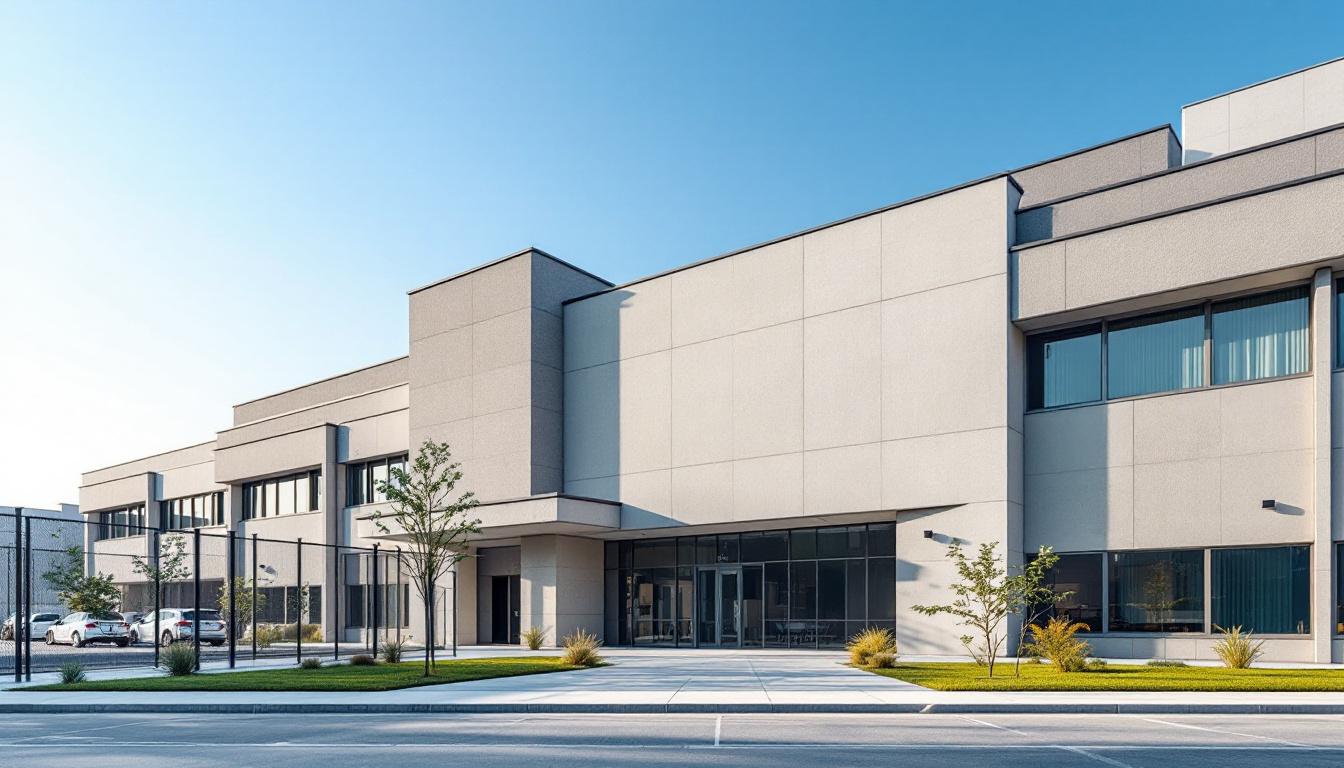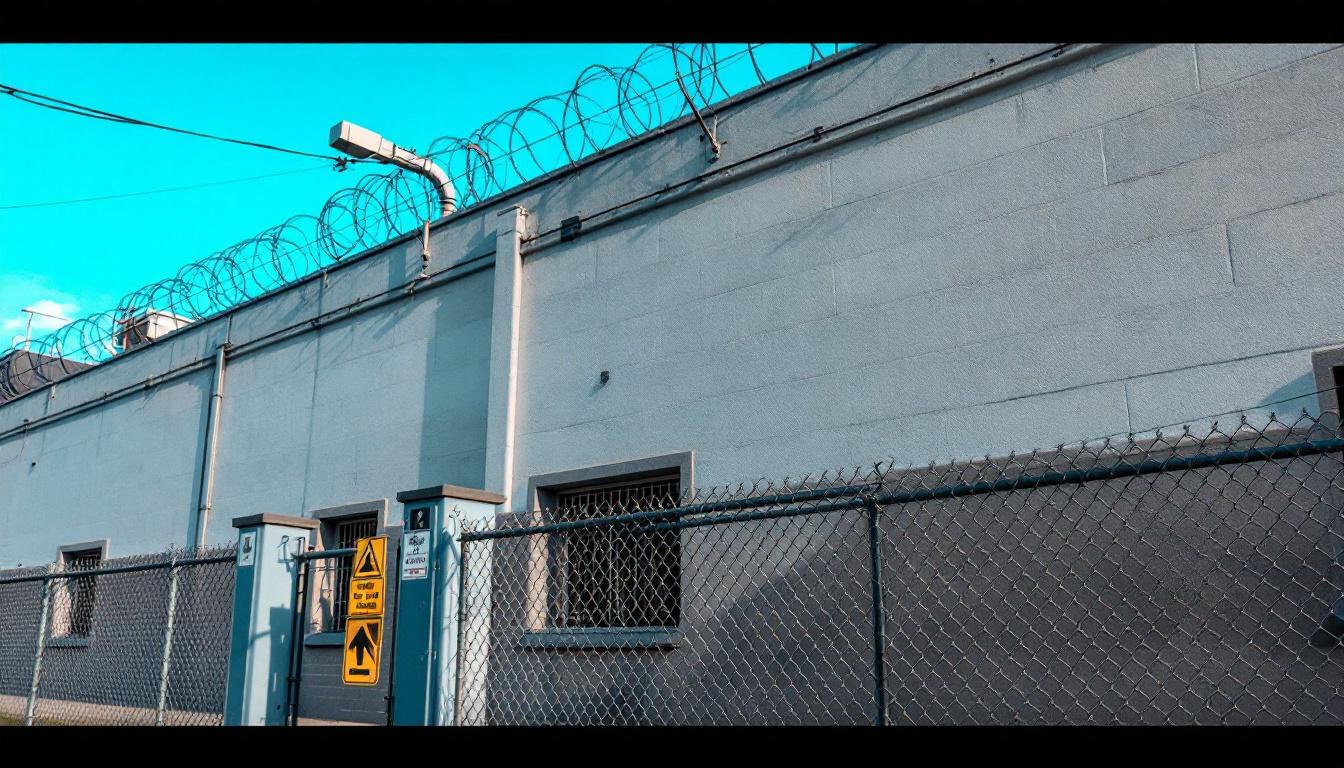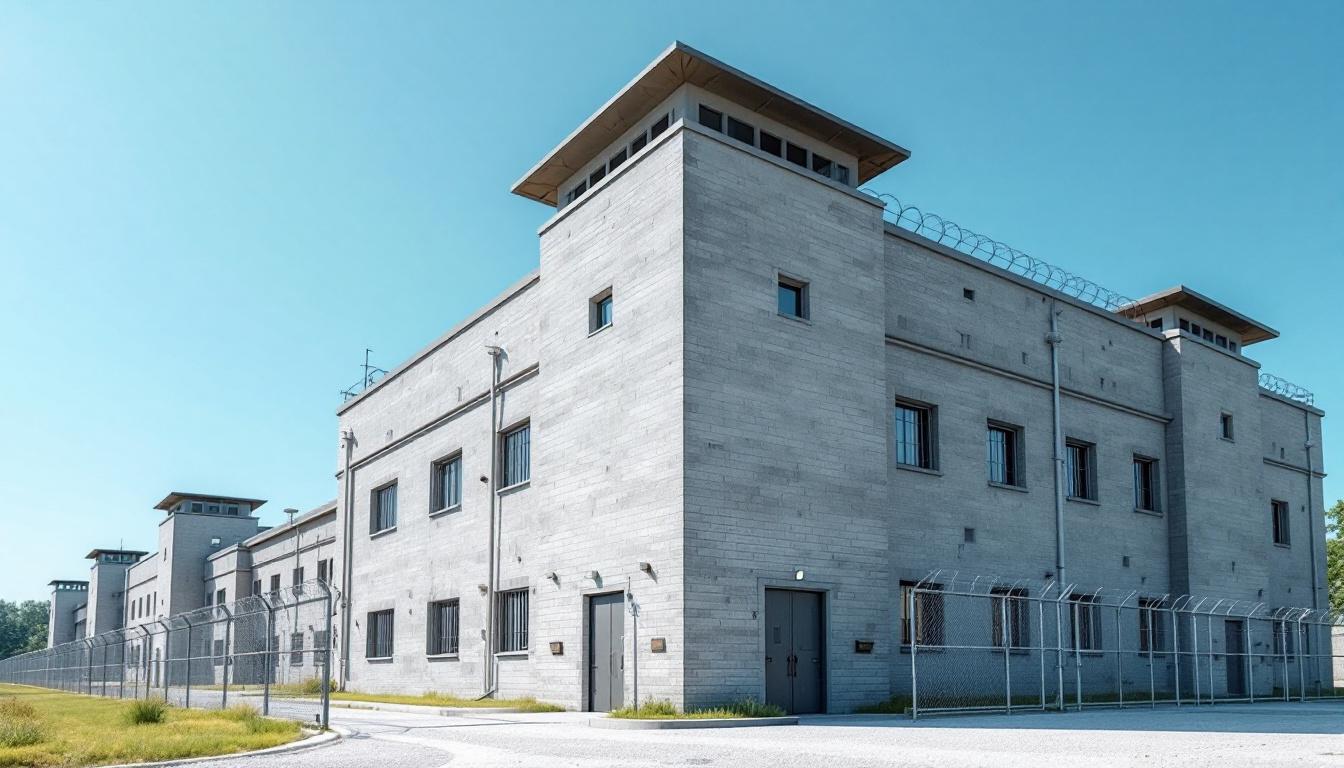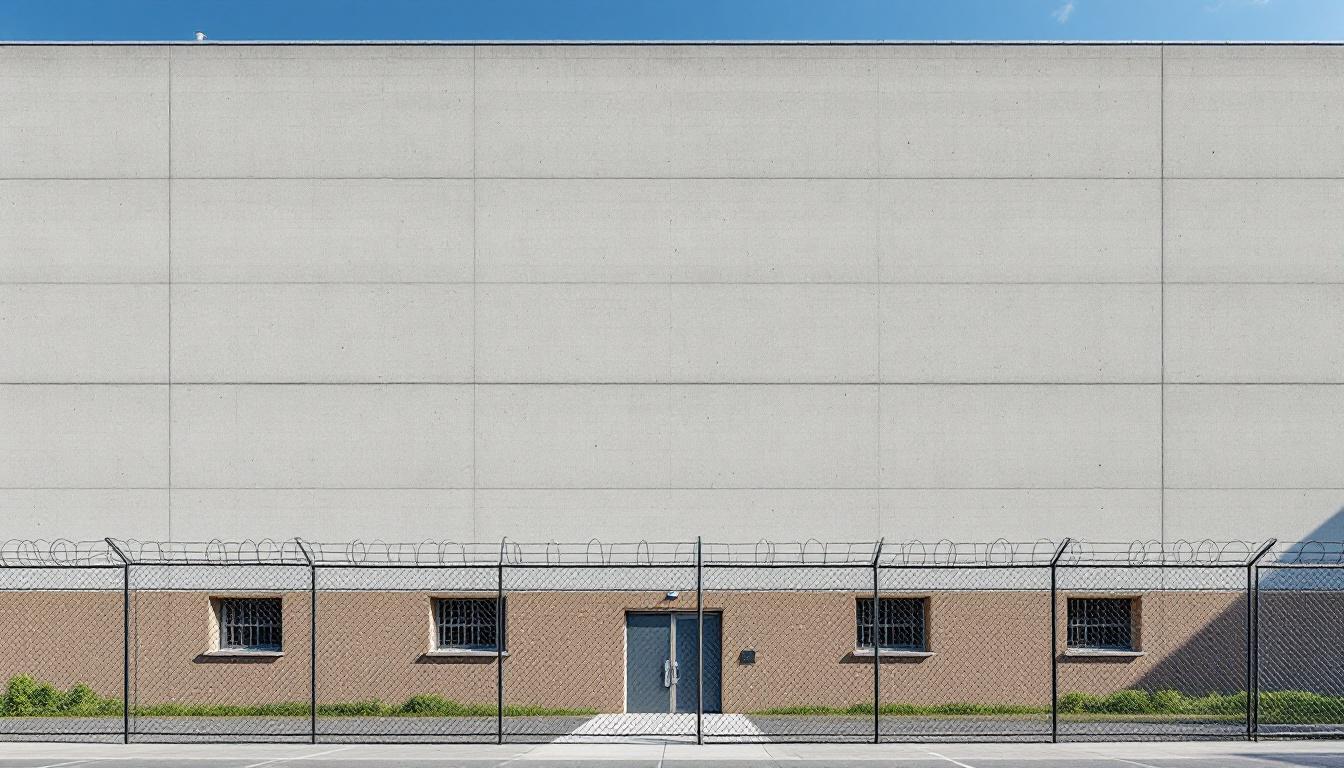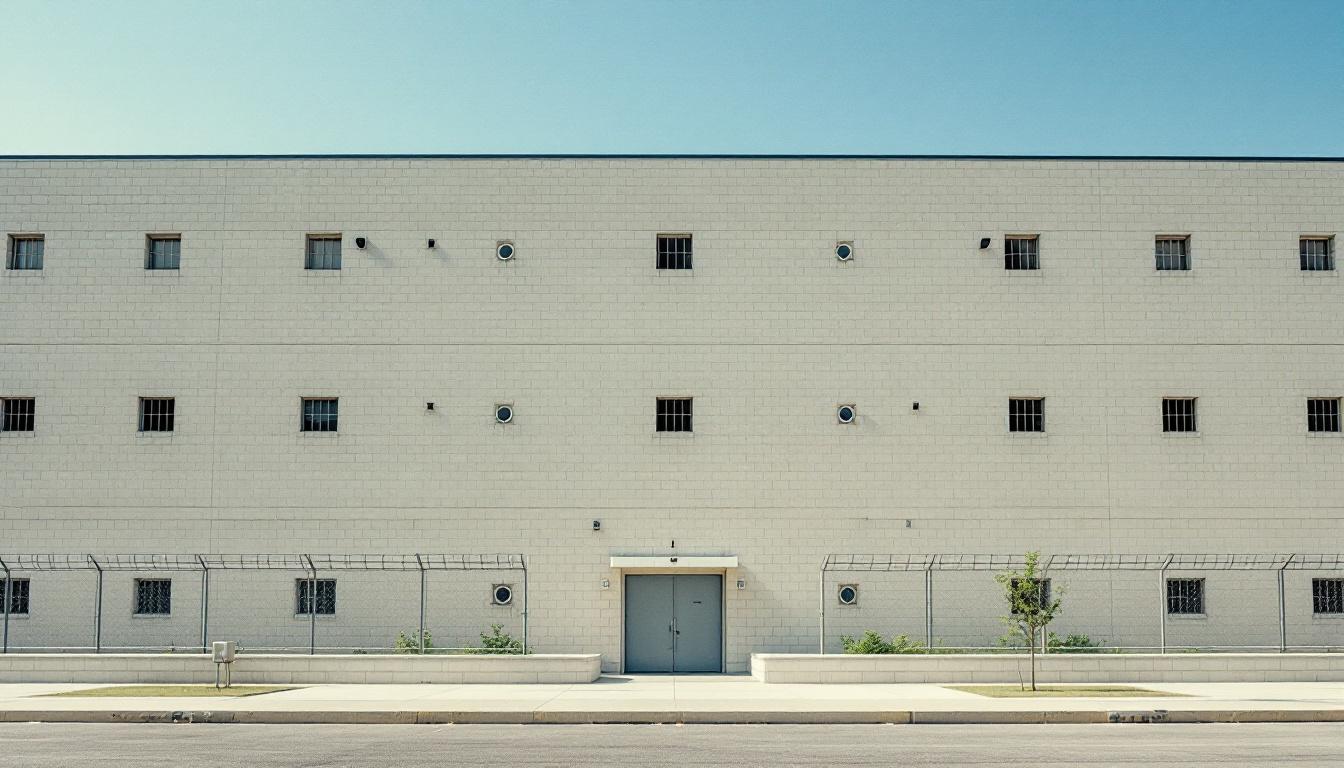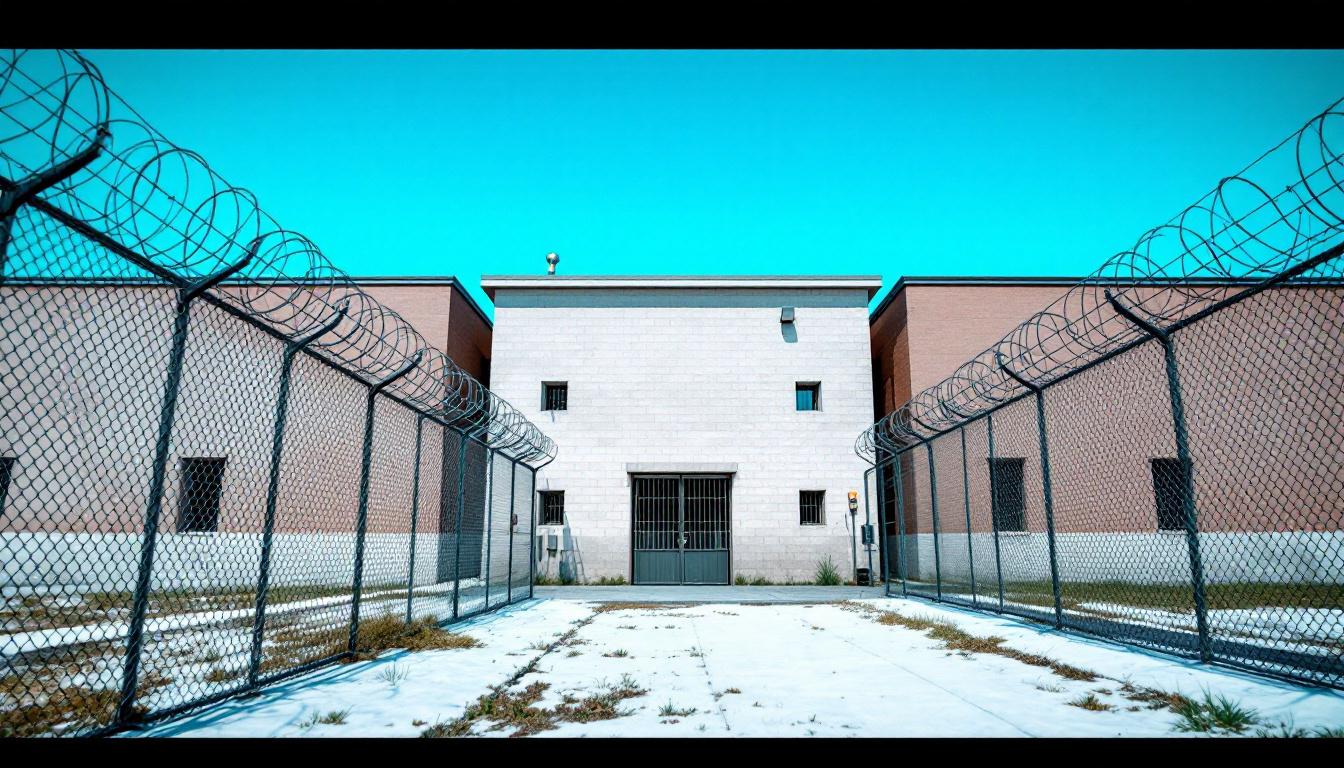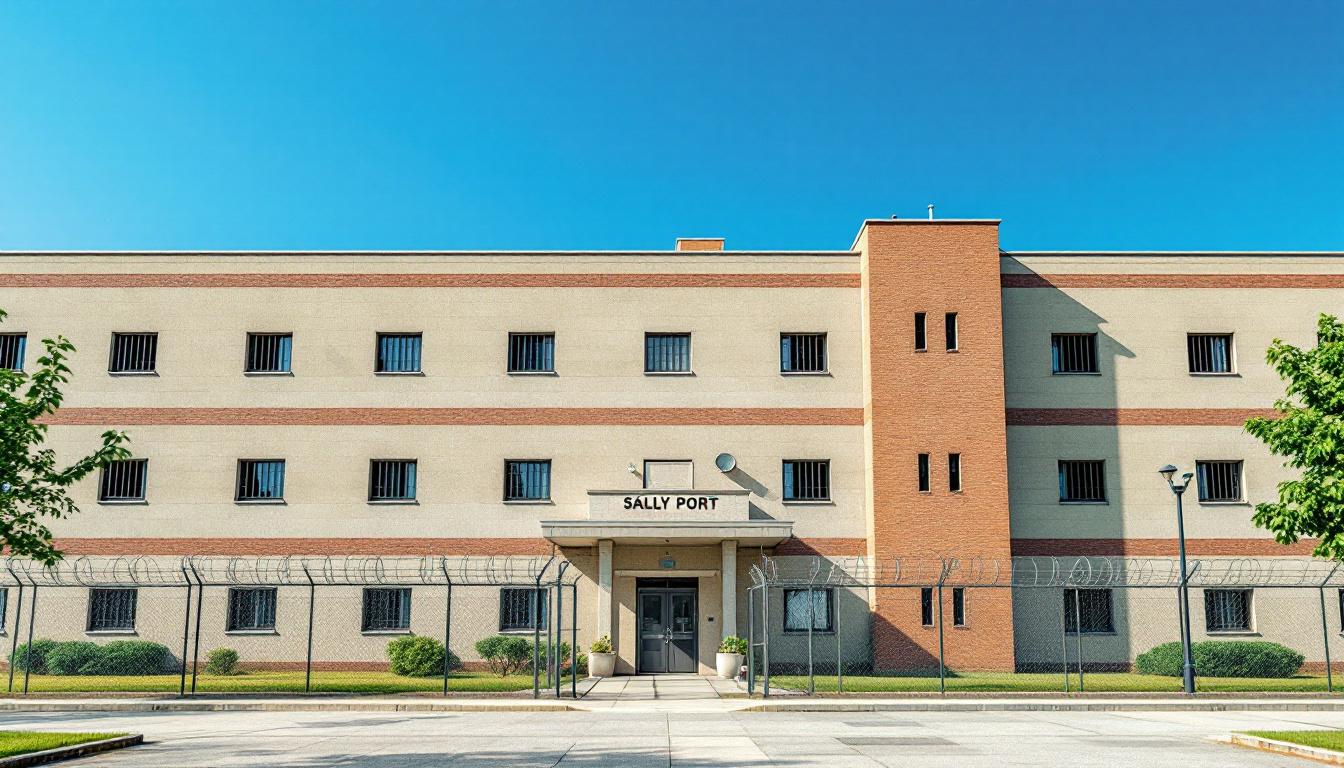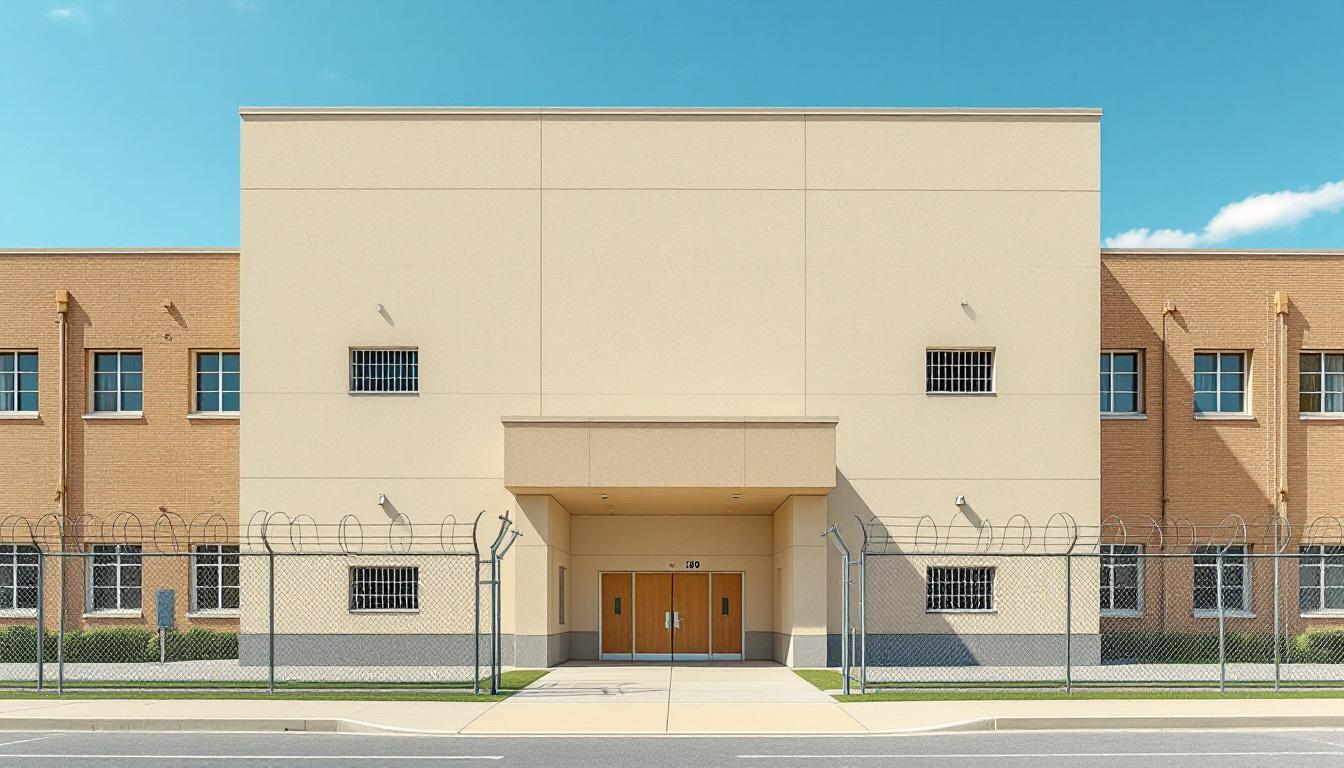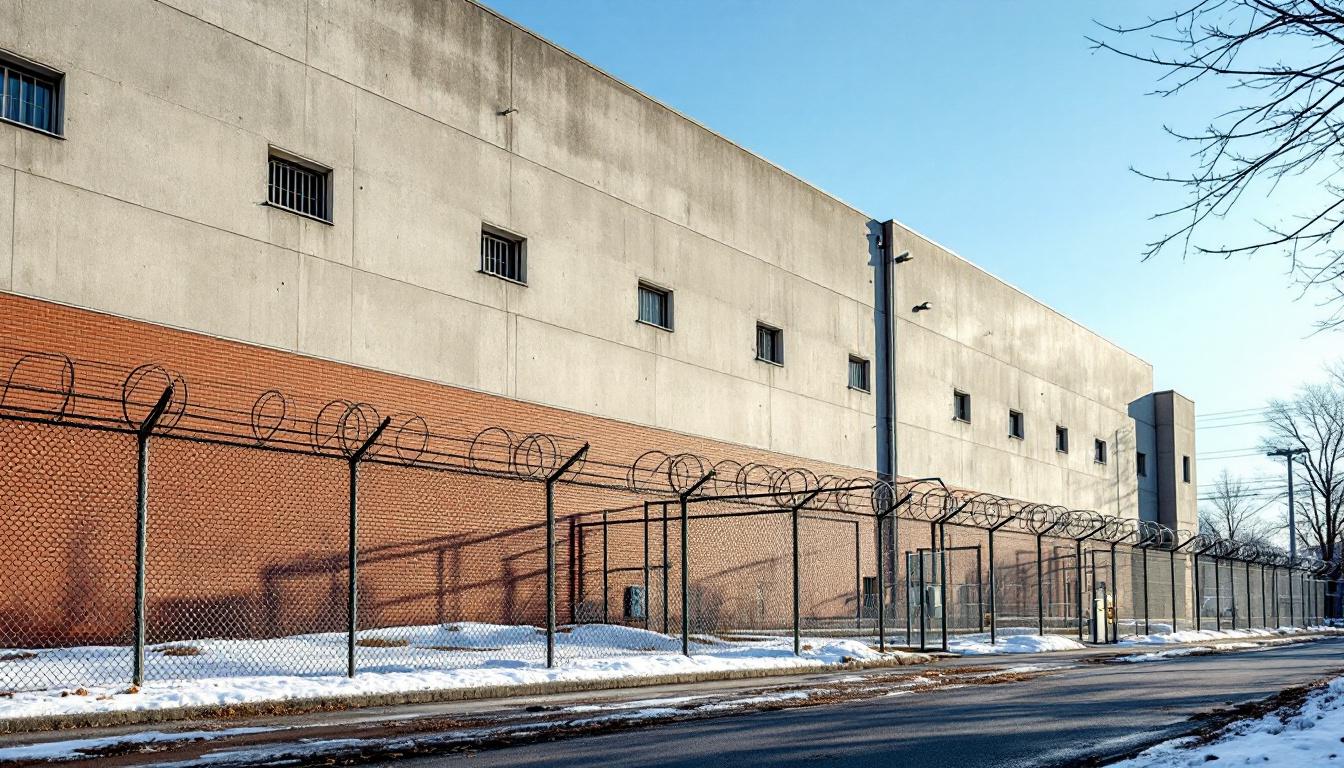
Quick Navigation
How to contact an inmate at Middle Peninsula Regional Security
This comprehensive guide will walk you through how to connect with an inmate at Middle Peninsula Regional Security. Follow the steps below to find an inmate and send letters and photos:
- Search for the inmate using our search tool below
- Create your account or log in to Penmate
- Write your message (up to 6,000 characters)
- Send instantly - inmates receive printed copies daily
Find an Inmate
Search for an inmate to start communicating today
Tip: You can search by first name, last name, or inmate ID number
To contact a person at Middle Peninsula Regional Security start by searching for the person on the official facility website. Perform a search by following these steps:
- Step 1: Enter their first name and last name into the search form and click "Search"
- Step 2: Locate their inmate record
- Step 3: Write down their Inmate ID and any housing information provided
Important! Be sure to enter the person's full name. Nicknames should not be used.
How to Send Messages to Inmates

You can use your phone or computer to send emails, letters, and photos to an inmate. Messages are sent electronically to inmate tablets or kiosks at the facility. If you would like to send a message, start by searching for an inmate at Middle Peninsula Regional Security.
Sending Photos and Postcards

A great way to send love and support to a loved one at Middle Peninsula Regional Security is to send photos and postcards. It only takes a few minutes to send photos from your phone and it makes a huge difference. You can also mail postcards with words of support and inspiration, or design your own postcard for special moments like birthdays and holidays.
Important! Be sure not to send any explicit photos or they may not be approved by the facility. You can also use a photo printing app like Penmate to make sure your photos are printed at the correct size (4x6 or 3x5) and are mailed according to the rules and regulations of Middle Peninsula Regional Security.
Frequently asked questions about Middle Peninsula Regional Security
-
How long does it take to deliver a message?
If you're sending an email message your letter is usually delivered within 24-48 hours. For messages sent via mail you should expect delivery within 3-7 days. All messages will need be approved by Middle Peninsula Regional Security.
-
How much does it cost to send a message to Middle Peninsula Regional Security?
You can send a message free using your phone or mail a message via USPS for the price of a $0.60 stamp and envelope. You can also purchase credits or e-stamps from services starting at $1.99.
-
What services can I use to contact an inmate at Middle Peninsula Regional Security?
Penmate
You can use Penmate to send letters and photos to an inmate from your phone. It's an easy way to stay in touch during your loved one's incarceration. Use the inmate locator to find an inmate's location and contact information, then you can send messages within a few minutes.
Securus messaging
Securus may be another option for communicating with an inmate at Middle Peninsula Regional Security. You can create a friends and family account and purchase credits to send messages. All messages will be reviewed and must be approved by the facility.
JPay
Some county jails and state prisons may support sending messages with JPay. You must register an account with the system, find your loved one, and purchase stamps to send messages. For some locations you can also attach photos.
Smart Jail Mail
You may also check if Smart Jail Mail is available at Middle Peninsula Regional Security. Smart Jail Mail is operated by Smart Communications and has contracted with some state and county jails. After purchasing credits, your messages and photos are sent to the facility, printed out, and then handed out to your loved one.
-
What is the mailing address of Middle Peninsula Regional Security?
Mailing address:
Middle Peninsula Regional Security
170 Oakes Landing Rd
Saluda, VA 23149
Phone: (804) 758-2338Business hours:
- Monday: 8:30 AM – 4:30 PM
- Tuesday: 8:30 AM – 4:30 PM
- Wednesday: 8:30 AM – 4:30 PM
- Thursday: 8:30 AM – 4:30 PM
- Friday: 8:30 AM – 4:30 PM
- Saturday: Closed
- Sunday: Closed
-
What are the visiting hours at Middle Peninsula Regional Security?
Visiting hours at Middle Peninsula Regional Security vary by housing unit and security level. Generally, visits are scheduled on weekends and holidays, with some facilities offering weekday visits. Contact the facility directly at (804) 758-2338 or check their website for the current visiting schedule. Visits typically last 30-60 minutes and must be scheduled in advance.
-
What items are prohibited when sending mail to Middle Peninsula Regional Security?
Prohibited items typically include: cash, personal checks, stamps, stickers, glitter, glue, tape, staples, paperclips, polaroid photos, musical or blank greeting cards, hardcover books, magazines with staples, and any items containing metal or electronics. Only send letters on plain white paper with blue or black ink. Photos must be printed on regular photo paper (no Polaroids). Always check with Middle Peninsula Regional Security for their specific mail policies.
-
How do I send money to an inmate at Middle Peninsula Regional Security?
You can send money to an inmate at Middle Peninsula Regional Security through several methods: 1) Online using JPay, Access Corrections, or the facility's approved vendor, 2) Money orders mailed directly to the facility with the inmate's name and ID number, 3) Kiosks located in the facility lobby, or 4) Over the phone using a credit or debit card. Fees vary by method, typically ranging from $2.95 to $11.95 per transaction.
-
Can I schedule a video visit with an inmate at Middle Peninsula Regional Security?
Many facilities now offer video visitation as an alternative to in-person visits. At Middle Peninsula Regional Security, video visits may be available through services like Penmate, Securus Video Connect, GTL, or ICSolutions. Video visits typically cost $10-20 for 20-30 minutes and must be scheduled in advance. You'll need a computer or smartphone with a camera and reliable internet connection. Contact the facility for their specific video visitation policies and approved vendors.
-
What identification do I need to visit an inmate at Middle Peninsula Regional Security?
All visitors must present valid government-issued photo identification such as a driver's license, state ID, passport, or military ID. Minors must be accompanied by a parent or legal guardian who can provide the minor's birth certificate. Some facilities require visitors to be on the inmate's approved visitation list, which may require a background check. Contact Middle Peninsula Regional Security for specific ID requirements and visitor approval procedures.
-
How can I find out an inmate's release date?
To find an inmate's release date at Middle Peninsula Regional Security, you can: 1) Use the online inmate search tool if available, 2) Call the facility's records department, 3) Contact the inmate's case manager or counselor, or 4) Have the inmate provide this information during a call or visit. For privacy reasons, some facilities only release this information to immediate family members.
Facility Overview
Contact Information
Middle Peninsula Regional Security170 Oakes Landing Rd
Saluda, VA 23149
Phone: (804) 758-2338
Official Website
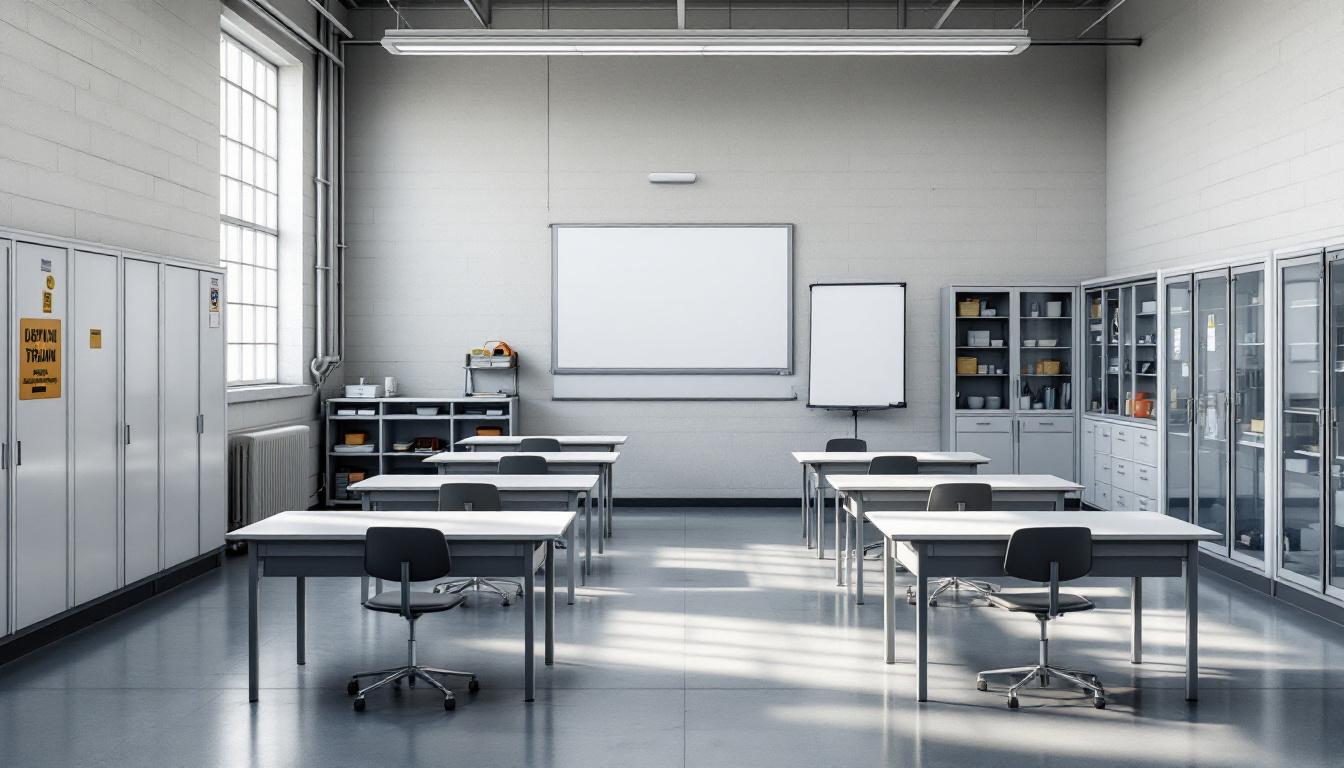
About Middle Peninsula Regional Security
Nestled in the rural landscape of Saluda, Virginia, the Middle Peninsula Regional Center, VA serves as a vital component within the Commonwealth's correctional infrastructure, providing structured residential services for individuals transitioning through various stages of the justice system. This VA correctional facility operates with a focus on preparing residents for successful community reintegration through comprehensive programming that typically addresses educational gaps, vocational skill development, and behavioral modification. The center's location in Middlesex County allows residents services to extend beyond traditional correctional approaches, often incorporating community-based elements that may help bridge the gap between institutional life and independent living.
Programming at the facility generally emphasizes practical skill-building and educational advancement, with residents often having access to literacy courses, job readiness training, and personal development workshops designed to address underlying factors that may have contributed to their involvement in the justice system. The center typically maintains connections with local workforce development resources and educational institutions, which may facilitate smoother transitions for residents preparing to return to their communities. Mental health and substance abuse counseling services are commonly integrated into daily operations, recognizing that many individuals benefit from therapeutic interventions alongside traditional correctional programming.
As part of Virginia's broader correctional system, the Middle Peninsula Regional Center plays an important role in reducing recidivism through its rehabilitation-focused approach, which often includes family reunification support and community service opportunities that help residents maintain positive connections to the broader Saluda area. The facility's programming structure typically allows for graduated levels of responsibility and freedom, helping residents develop the decision-making skills and personal accountability necessary for long-term success in the community.
Programs & Services
Cognitive behavioral initiatives form the cornerstone of rehabilitation efforts, helping residents develop essential thinking patterns and decision-making skills that support successful reintegration. These evidence-based approaches typically focus on identifying and modifying negative thought processes while building practical coping strategies. Time management training often complements these therapeutic interventions, teaching residents how to structure their daily routines and set achievable goals for both their current circumstances and future planning.
Educational initiatives may deliver comprehensive learning opportunities designed to address varying skill levels and academic backgrounds. Basic literacy and numeracy programs often serve as foundational elements, while college correspondence courses provide pathways for residents seeking higher education credentials. These academic pursuits typically emphasize practical skills that translate directly to employment opportunities upon release. Also, vocational training initiatives focus on developing marketable job skills in trades and technical fields that align with regional employment demands.
Support services create a comprehensive framework for personal development and spiritual growth throughout the rehabilitation process. Religious services may offer spiritual guidance and community connection for residents from diverse faith backgrounds, providing both individual counseling and group worship opportunities. Also, specialized therapeutic initiatives typically address substance abuse issues, anger management, and interpersonal relationship skills. These multifaceted support systems often work together to create an environment where residents can address underlying issues while building the practical skills necessary for successful community reentry.
Daily Life & Visitation
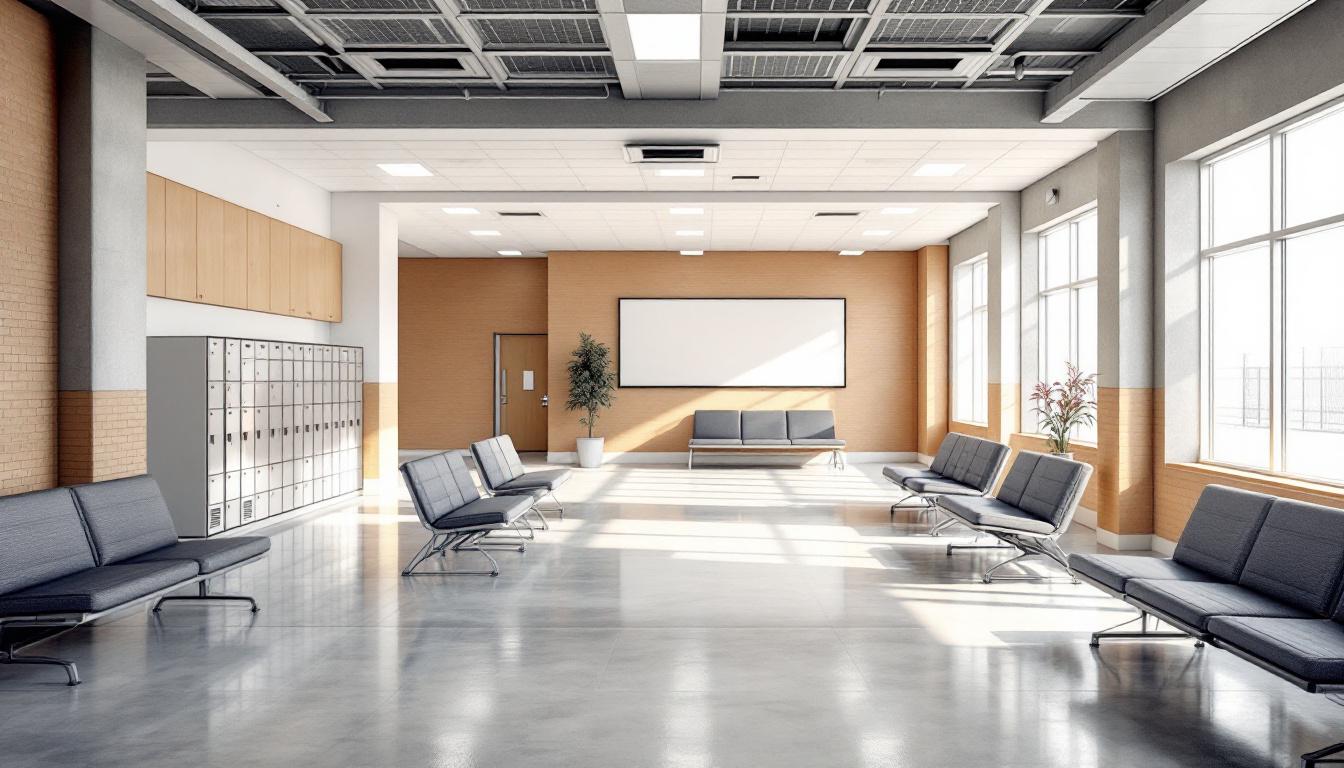
Structured routines form the backbone of residential life, with each day beginning at a consistent early hour and following a predictable pattern that residents can rely on. Today's schedule typically mirrors yesterday's, creating a framework that many residents find stabilizing after periods of uncertainty. Wake-up calls generally occur in the early morning hours, followed by personal hygiene time and preparation for breakfast. The day consistently unfolds through scheduled meal times, programming sessions, work assignments, and recreational periods. However, this predictability also delivers a sense of security that helps residents focus on their rehabilitation goals.
Living accommodations at the facility typically consist of shared housing units where residents are assigned based on various factors including security level and program participation. Dormitory-style arrangements are common, with residents generally sharing sleeping quarters and common areas. Personal property allowances usually include basic clothing, hygiene items, and limited personal effects, though specific policies may vary. Also, residents typically have access to commissary services where they can purchase approved items using funds from their accounts. Meals are generally served in communal dining areas at scheduled times, with menus designed to meet basic nutritional requirements while accommodating some dietary restrictions.
Programming schedules often include educational opportunities, vocational training, and therapeutic sessions designed to support rehabilitation goals. Work assignments may involve facility maintenance, food service, or other operational duties that help residents develop job skills while contributing to daily operations. Recreation typically includes access to outdoor areas, gymnasium facilities, and organized activities during designated periods. However, family connections remain important through scheduled visitation periods and telephone access, allowing residents to maintain relationships with loved ones. Also, correspondence through mail systems generally provides another avenue for staying connected with family and friends throughout their time at the facility.
Ready to Connect?
Start communicating with your loved one today
Search for an Inmate
